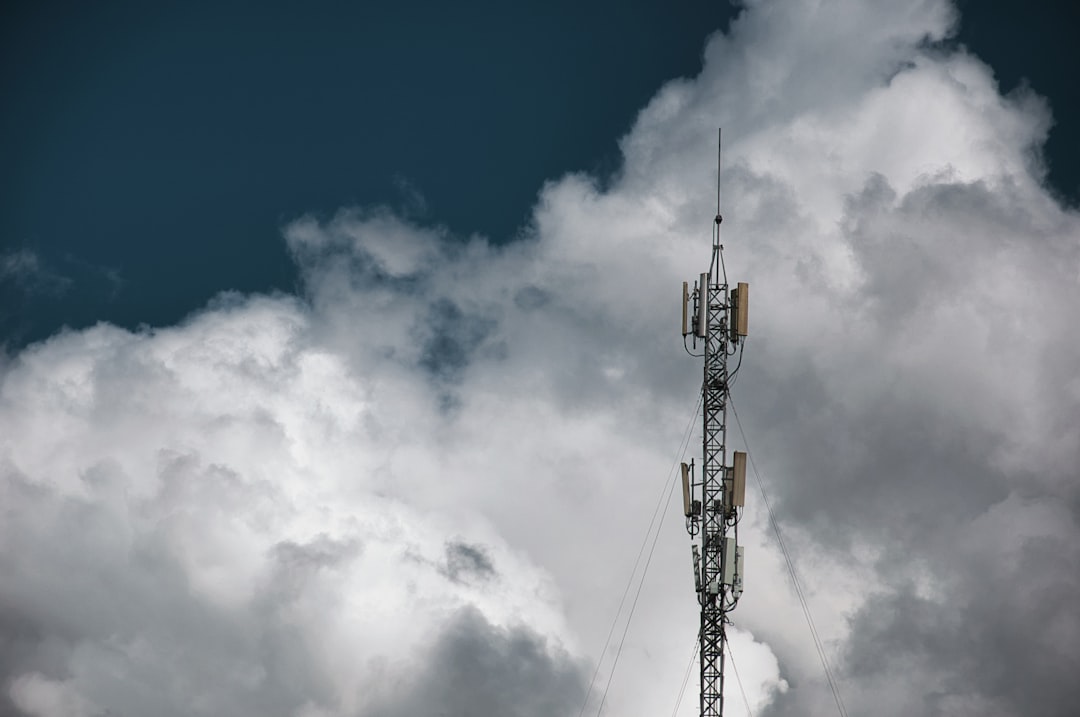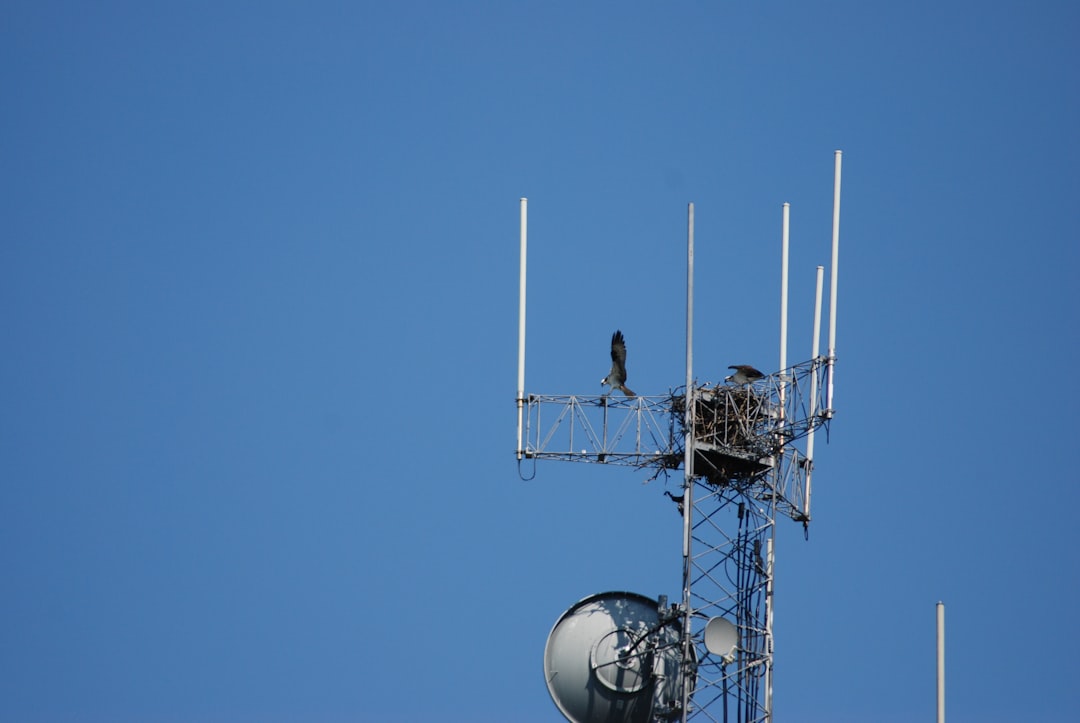For enterprises navigating the rapidly evolving technology landscape, the term Private 5G has emerged as a powerful solution promising greater speed, security, and flexibility compared to traditional wireless networks. But what exactly is Private 5G, and why are so many organizations across sectors—from manufacturing and logistics to healthcare and energy—rushing to adopt it? This guide offers a comprehensive introduction to Private 5G for enterprises, helping you understand its potential, implementation, and impact.
What is Private 5G?
Private 5G refers to a dedicated wireless network using 5G technology that is owned, managed, and operated by an organization rather than a public telecommunications provider. Unlike public 5G, which serves everyone within a mobile operator’s network, Private 5G is built to cater specifically to an enterprise’s unique requirements, delivering high throughput, ultra-low latency, improved security, and greater reliability.

Why Are Enterprises Turning to Private 5G?
Across industries, organizations are increasingly deploying Private 5G networks to empower new use cases while improving existing operations. Here are just a few of the advantages businesses are seeking:
- High Performance: With speeds that far exceed Wi-Fi and 4G, Private 5G enables real-time communication, ultra-low latency, and increased reliability—key for automation and critical services.
- Enhanced Security: Since Private 5G networks are isolated from public internet traffic, enterprises have full control over security configuration, monitoring, and compliance.
- Customization: Private networks can be tailored to fit specific coverage areas, use cases, and performance requirements of the organization.
- Minimal Interference: Dedicated spectrum and advanced management tools result in greater interference protection compared to congested Wi-Fi environments.
Use Cases Across Industries
The power of Private 5G opens the door to transformative use cases across various sectors:
Manufacturing
In smart factories, Private 5G enables the seamless integration of advanced robotics, AI-powered quality control, digital twins, and real-time analytics. Autonomous mobile robots (AMRs) and sensors can operate flawlessly due to the low latency and high reliability of 5G.
Healthcare
Private 5G supports telemedicine, remote surgery assistance, and instant access to large medical imaging files. It also enables secure communication across smart devices and wearables within hospital environments.
Logistics and Warehousing
From automated forklift navigation to asset tracking and drone operations, Private 5G provides logistics firms with the connectivity backbone to operate more efficiently and accurately.
Energy and Utilities
For energy companies managing vast operations—such as wind farms, oil rigs, or power grids—a Private 5G network ensures resilient connectivity for monitoring, predictive maintenance, and emergency response coordination.

Private 5G vs Wi-Fi 6: What’s the Difference?
Although both Private 5G and Wi-Fi 6 offer next-generation wireless performance, they serve different purposes:
| Feature | Private 5G | Wi-Fi 6 |
|---|---|---|
| Coverage and Range | Greater range, ideal for large areas or multiple sites | Limited to small or medium-sized indoor environments |
| Security | Carrier-grade security, isolated from public access | Enterprise-grade but more susceptible to interference |
| Cost of Deployment | Higher, but offers more value for mission-critical use | Lower, easier deployment and upgrades |
| Mobility | Designed for mobile applications (e.g., vehicles, machinery) | Primarily for stationary or low-mobility devices |
Enterprises often choose both, with Wi-Fi serving non-critical operations and Private 5G handling critical and mobile applications.
Key Components of a Private 5G Network
Deploying a Private 5G network requires several elements working in harmony:
- Radio Access Network (RAN): Comprises the wireless radio equipment (base stations, antennas) that communicates with user devices over the air.
- Core Network: Controls user authentication, mobility, session management, and data transfer. It can be cloud-native or on-premises based on enterprise needs.
- Spectrum: Either licensed, unlicensed, or shared spectrum, governed by local regulations. In the U.S., CBRS (Citizens Broadband Radio Service) is a popular spectrum band available for enterprises.
- User Devices: Includes smartphones, tablets, IoT sensors, drones, industrial robots, and other endpoints compatible with 5G connectivity.
- Management & Orchestration Tools: Used to configure, monitor, and optimize the network—ensuring performance, security, and service level agreements (SLAs).
Steps to Deploying a Private 5G Network
Rolling out a Private 5G network may sound complex, but with the right planning, it’s entirely manageable. Here’s a high-level view of the deployment process:
- Define Goals and Use Cases: Start by identifying the business problems you want to solve and the types of devices and endpoints involved.
- Select Spectrum: Determine what spectrum is available in your region and how to access licensed or shared bands.
- Partner with Experts: Collaborate with network integrators, equipment vendors, and/or telecom providers who specialize in Private 5G deployments.
- Design the Network: Plan the physical and logical architecture, including site surveys, hardware selection, and coverage planning.
- Install and Configure: Deploy RAN equipment, core systems, and management portals, and integrate with existing IT infrastructure.
- Test and Optimize: Perform rigorous testing for latency, throughput, coverage, and reliability before going live.
- Manage and Scale: Use analytics and automation tools to manage ongoing performance and scale the network as your needs grow.
Challenges and Considerations
While the benefits are clear, enterprises must also be mindful of potential challenges:
- Cost: Upfront investment in infrastructure, licenses, and equipment may be significant, though the ROI tends to justify it in the long run.
- Complexity: Unlike Wi-Fi, Private 5G networks require expertise in telecommunications and regulatory compliance.
- Device Compatibility: Not all existing devices support 5G; upgrading or securing compatible endpoints may be necessary.
- Security and Compliance: Although Private 5G is inherently secure, proper governance and monitoring are still critical to ensure regulatory compliance and zero-trust security models.
The Future of Private 5G
Private 5G is still at the early stages of its enterprise adoption journey, but its trajectory is unmistakable. As more industrial and mission-critical use cases emerge, the demand for dedicated, programmable, and ultrafast wireless networks will only grow. With the arrival of 5G-Advanced and 6G on the horizon, enterprises will soon benefit from AI-powered network management, smarter spectrum sharing, and even more advanced automation capabilities.

Conclusion
Private 5G represents a paradigm shift in how enterprises approach wireless connectivity. By taking control of their own 5G infrastructure, organizations can unlock unprecedented levels of performance, security, and scalability. Whether it’s increasing operational efficiency on the factory floor, boosting healthcare delivery, or enabling next-generation logistics, Private 5G is no longer just an experimental technology—it’s a foundational pillar for the connected enterprise of tomorrow.

